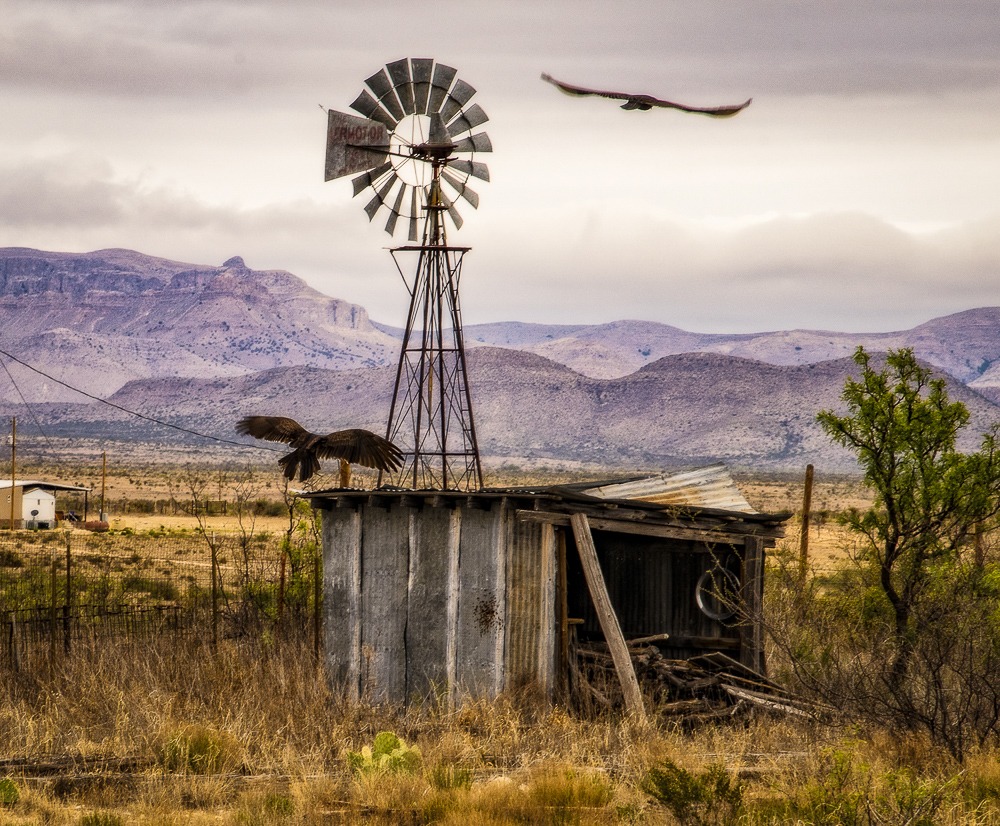ARTIST STATEMENT
During the early 1970’s as a student studying art at Texas Southern University and while working as a photographer for the Model Cities Program, I began to explore and photograph the Third, Fourth, and Fifth Ward communities of Houston. On many occasions while traveling the Interstate 45 freeway which served as the dividing line between the west and east of the downtown area of the city, I could look down on what was known as the Fourth Ward or Freedmen’s Town, an African-American community of shotguns and duplex clapboard houses with reflective tin roofs situated on narrow streets paved with red bricks dating back to the Reconstruction Era.
As I began to wonder why the freeway came so close to the houses, I soon learned that several blocks of Fourth Ward / Freedmen’s Town had been sacrificed in the name of progress. The city was growing and wanted to expand toward the west and Fourth Ward was in the way. Sensing that time was running out even then, I began to document the community–the traditions, the families, the architecture, the everyday life of Fourth Ward. A lot had been already lost and was gone forever. The skyline of downtown Houston created a stark contrast of old and new, past and present, all interwoven together to create a unique visual environment.
When I started this project and began taking pictures of Fourth Ward, I was reminded frequently of my own community in Hattiesburg, Mississippi as well as the importance of remembering who we are and what we do and how we live and how changes affect our communities. Settled by free slaves in Houston, Freedmen’s Town has become the center of one of the strongest areas of gentrification in the city. Its close proximity to downtown businesses has led developers to secure large tracts of land to create housing for young professionals. Because most of the African-American residents in the area are not property owners, but renters, many of them remain defenseless to the purchase of blocks of their community. (At the time of the Fourth Ward / Freedmen’s Town National Historic Register designation in 1986, over 530 of the historic structures built by its founders still existed. Now, less than 30 of those structures remain.)
Over the past two and a half decades, I have continuously documented the changes in Fourth Ward as well as the enduring traditions. I have photographed architecture that no longer exists, families that have now relocated, and rites of passage that still remain in the community. I continue to capture this continuity of tradition, the remaining familiar faces, and the influx on new faces and new traditions as the profile of Fourth Ward / Freedmen’s Town redefines itself in the twenty-first century.
Earlie Hudnall, Jr.
